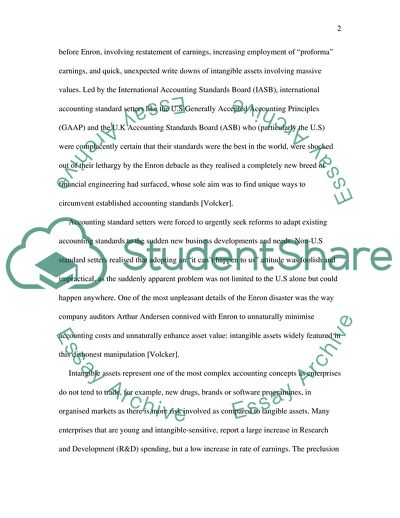Cite this document
(Intangible Assets Coursework Example | Topics and Well Written Essays - 2250 words, n.d.)
Intangible Assets Coursework Example | Topics and Well Written Essays - 2250 words. https://studentshare.org/macro-microeconomics/1706639-should-all-intangible-assets-be-on-the-balance-sheet
Intangible Assets Coursework Example | Topics and Well Written Essays - 2250 words. https://studentshare.org/macro-microeconomics/1706639-should-all-intangible-assets-be-on-the-balance-sheet
(Intangible Assets Coursework Example | Topics and Well Written Essays - 2250 Words)
Intangible Assets Coursework Example | Topics and Well Written Essays - 2250 Words. https://studentshare.org/macro-microeconomics/1706639-should-all-intangible-assets-be-on-the-balance-sheet.
Intangible Assets Coursework Example | Topics and Well Written Essays - 2250 Words. https://studentshare.org/macro-microeconomics/1706639-should-all-intangible-assets-be-on-the-balance-sheet.
“Intangible Assets Coursework Example | Topics and Well Written Essays - 2250 Words”. https://studentshare.org/macro-microeconomics/1706639-should-all-intangible-assets-be-on-the-balance-sheet.


